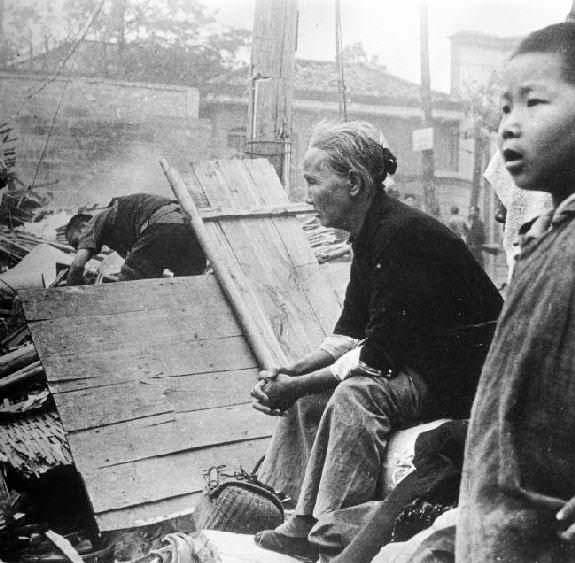
Figure 1.-- |

|
There were two Italian intelligence services during World War II. The first was the military's intelligence agency--the Servizio Informazione Militari (SIM). The second was the Fascist Party's intelligence service--the Opera Volantario per la Regressione Dellí Autifasismo (OVRA) The difference between the two is similar to that of the Abwehr and the SD in NAZI Germany.
One of the two Italian intelligence agencies during World War II was the military's intelligence agency--the Servizio Informazione Militari (SIM). SIM was a relatively small operation compared to the intelligence services of the other major World War II beligerants. SIM has several major sections responsible for 1) espionage, 2) counterespionage, 3) special services (sabotage and assasination), 4) cryptology, and 5) assessments. One author reports that counterespionage and special services were most effective. [Holt] Given the limited resources available to SIM, they were remarkably successful. And they proved more difficult to fool than the German Abwehr.
The second Italian intelligence organization was the Fascist Party's intelligence service--the Opera Volantario per la Regressione Dellí Autifasismo (OVRA). Italy under Mussolini desired to build a Meditteranean empire. The first step was to secure Libya which was done by the Army. Another major objective was obtain control over Italian-populated areas of the Adriatic which meant Yugoslav territory. Yugosalavia had a powerful enough military that the Italiahns did not dare attack. Rather they worked to promote domestic disscenion among the ethnic minorities. The Italians provided financing and training to Croatian nationalists. We are not sure what specific agencies were involved, but believe it was primarily OVRA. The Italians also supported Arab nationalists in the Middle East to weaken the British and French position. After the Italians seized Albania (1939), OVRA formed an independent battalion in Tetovo--the Ljuboten batalion. Ethnic Albanians in the Tetovo region wwere recruited. The Battalion was financed by the Tetovo municipal governent under the authority of Dzafer Sulejmani, the president of the Tetovo district, who cooperated with the Italians. The Batallion was employed in the Axis occupation of Yugoslavia to combat resistance forces and help create a Greater Albania. After the Italian surrender (September 1943), the Germans incorporated the Batalion in their forces, but it was decimated by the partisans a few months later. OVRA was involved in identifying anti-Fascists among the Italian communities abroad. Before World War II, Mussolini was viewed favorably in some quarters as a anti-Bolshevik. Italians diplomats and OVRA agents attempted to get the Royal Canadian Mounted Police to take action against Italian anti-Fascists in Canada. [Iacovetta, Perin, and Principe, pp. 58-59.] Canadian authorities rejected requests to deport the anti-Fascists to Itaky, but did not act to stop OVRA's attempts to harass the disidents.
The Italians also provided the Germans the American diplomatic Black code. Italian agents managed to photograph the code tables in the U.S. Embassy in Rome (September 1941). The Germans never told the Itslians that they were already reading the U.S. Black code, in part because they did not want to share the decrypts with them. .
Iacovetta, Franca, Roberto Perin, and Angelo Principe. Enemies Within.
Holt, Thaddeus. The Deceivers.
By Holt
Navigate the Boys' Historical Clothing Web Site:
[Return to the Main spying and countrt-intelligence page]
[Return to Main World War II page]
[Introduction]
[Activities]
[Biographies]
[Chronology]
[Clothing styles]
[Countries]
[Bibliographies]
[Contributions]
[FAQs]
[Glossaries]
[Images]
[Links]
[Registration]
[Tools]
[Boys' Clothing Home]
